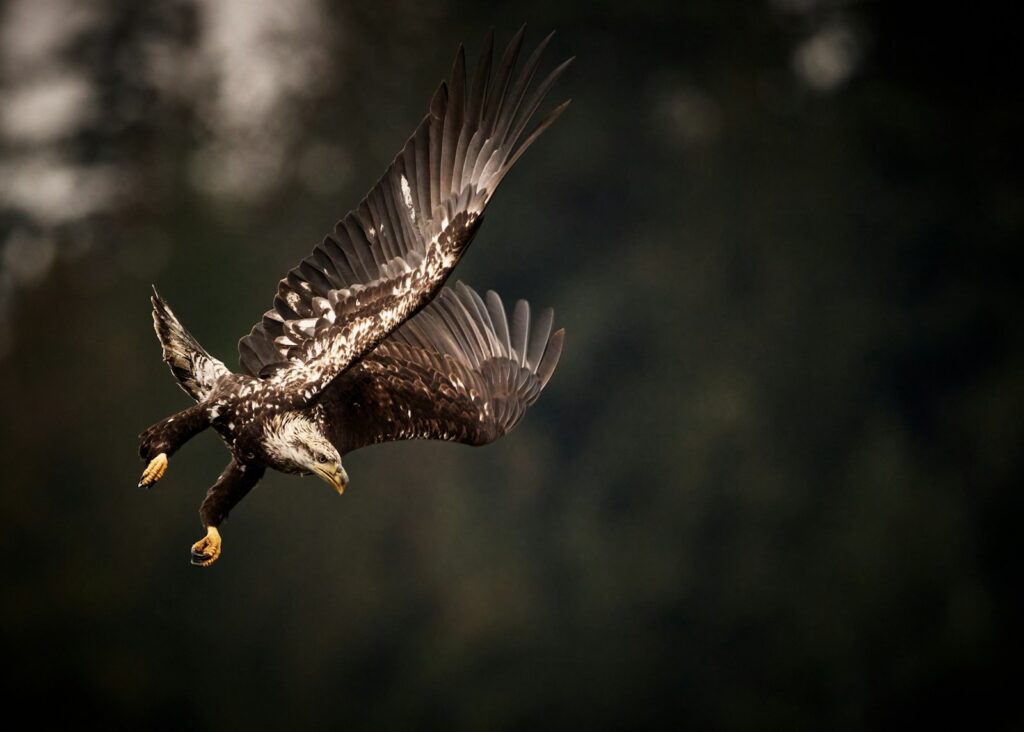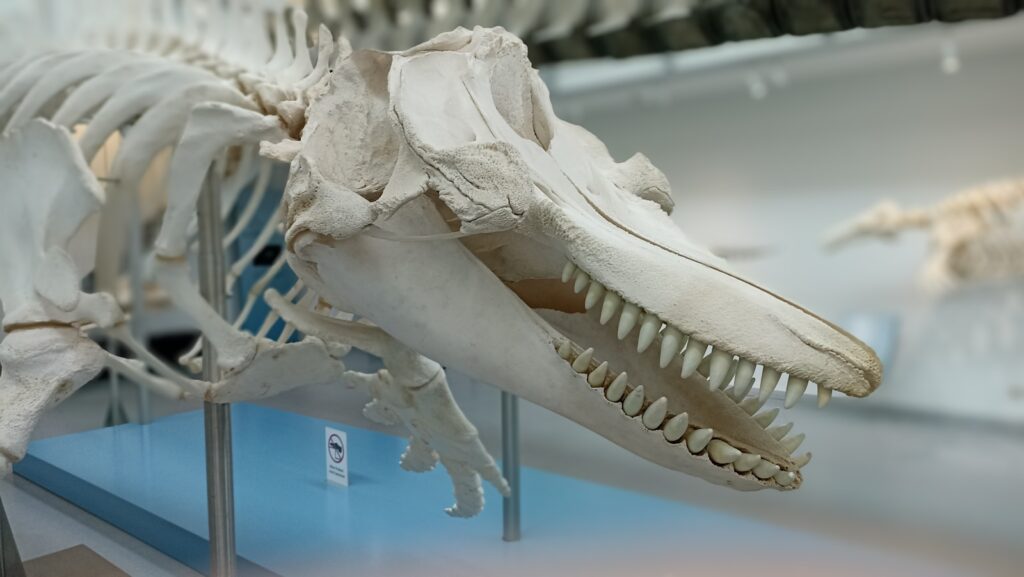Birds of prey have fascinated humans for centuries with their remarkable hunting abilities, keen eyesight, and powerful talons. Among their many adaptations, perhaps none are as impressive as their claws – lethal weapons that have evolved for capturing, killing, and consuming prey. This article explores the most formidable talons in the raptor family, examining how these specialized hunting tools have evolved and function across different species of birds of prey.
Understanding Raptor Talons: Nature’s Perfect Weapons

Raptor talons represent one of nature’s most specialized hunting adaptations, perfectly designed for their predatory lifestyle. Unlike the claws of other birds, raptor talons are characteristically curved, razor-sharp, and incredibly strong in proportion to the bird’s body size. The talon structure consists of a protein called keratin – the same material found in human fingernails – but much more densely formed and continuously growing. Each talon curves downward and inward, creating a hook-like structure that allows these birds to pierce their prey with minimal effort and maximum grip. The pressure exerted by these claws can reach hundreds of pounds per square inch, enabling raptors to immobilize prey instantly upon impact. This unique combination of strength, sharpness, and shape makes raptor talons among the most efficient killing tools in the animal kingdom.
The Harpy Eagle: Rainforest Giant with Record-Breaking Grip

The Harpy Eagle (Harpia harpyja) possesses what many ornithologists consider the most impressive talons in the entire raptor family. Native to the rainforests of Central and South America, this massive eagle sports rear talons that routinely measure 3-4 inches in length – comparable to the claws of a grizzly bear. These formidable weapons are paired with an equally impressive grip strength, measured at approximately 110 pounds per square inch. This powerful grasp allows Harpy Eagles to snatch monkeys and sloths weighing up to 17 pounds from treetops, carrying them effortlessly through dense forest canopies. The talon size is particularly remarkable considering the eagle’s already imposing stature, with females weighing up to 20 pounds and boasting wingspans exceeding seven feet. Their specialized hunting strategy depends entirely on these oversized talons, as they must be able to instantly kill or immobilize prey that could otherwise cause injury during capture.
Philippine Eagle: Cloud Forest Hunter with Specialized Talons

The critically endangered Philippine Eagle (Pithecophaga jefferyi) possesses talons specifically adapted for hunting in the dense cloud forests of the Philippines. Each claw measures approximately 3 inches in length – almost as large as the Harpy Eagle’s – but with a unique structure optimized for grasping prey in their specific habitat. The forward-facing talons are particularly elongated, allowing these eagles to reach through tight spaces between branches to capture prey hiding in the foliage. The rear talon (hallux) is especially powerful, capable of puncturing the skulls of monkeys and other mammals with a single strike. These eagles apply a distinctive hunting technique using their talons, often pursuing prey through the forest canopy rather than diving from above, which requires exceptional grip strength and maneuverability. This specialized talon structure enables Philippine Eagles to maintain their ecological role as apex predators despite the challenging hunting conditions of their mountain forest home.
Peregrine Falcon: Speed Meets Specialized Striking Talons

The Peregrine Falcon (Falco peregrinus) presents a fascinating case where talon structure has evolved specifically to complement the bird’s hunting strategy as the world’s fastest animal. While not possessing the largest talons among raptors, Peregrines have developed what might be the most specialized claw structure for their unique hunting technique. Their talons feature a distinctive “tomial tooth” – a notch in the talon that helps sever the spinal cord of prey struck at speeds exceeding 200 mph during their signature diving attack called a stoop. The falcon’s foot includes a specialized locking mechanism that prevents the talons from opening during these high-speed impacts, ensuring the claws remain firmly embedded in the prey. Interestingly, the middle talon is elongated and reinforced, bearing the brunt of the impact forces during these strikes. The exceptional strength-to-weight ratio of Peregrine talons allows these relatively small raptors to take down birds significantly larger than themselves with remarkable efficiency.
Crowned Eagle: Africa’s Primate Hunter with Bone-Crushing Grip

The Crowned Eagle (Stephanoaetus coronatus) of sub-Saharan Africa possesses talons specifically evolved for hunting primates and other mammals in dense forest environments. These eagles have developed what researchers believe may be the strongest grip of any raptor relative to body size, with their talons capable of exerting over 500 pounds per square inch of pressure. Each talon can measure up to 4 inches in length, with the hallux (rear talon) being particularly massive and curved for maximum penetration. This exceptional grip strength allows Crowned Eagles to hunt prey weighing up to 30 pounds, including adult monkeys and small antelopes. The specialized structure of their foot includes heavily muscled toes and reinforced tendons that can withstand the tremendous forces generated during prey capture. Notably, paleontological evidence suggests that these eagles have occasionally preyed upon early hominids, with fossil skulls showing puncture marks consistent with Crowned Eagle talon dimensions.
Golden Eagle: Versatile Talons of the Northern Hemisphere’s Apex Predator

The Golden Eagle (Aquila chrysaetos) possesses one of the most versatile talon structures among raptors, allowing it to exploit diverse prey across its vast Northern Hemisphere range. Their talons typically measure between 2-3 inches in length, with the hallux (rear talon) being particularly robust and curved for maximum penetration power. What makes Golden Eagle talons especially remarkable is their structural adaptability – they employ different gripping techniques depending on prey type, from a “full foot” grip for mammals to more specialized holds for avian prey. The talon strength of Golden Eagles has been measured at approximately 440 pounds per square inch, sufficient to instantly crush the spine of medium-sized mammals. This impressive, gripping power enables these eagles to capture prey as varied as jackrabbits, foxes, and even young ungulates like deer and mountain goats. Their talons also feature specialized scales on the underside called “spicules” that enhance grip when handling struggling prey across various environmental conditions from deserts to mountains.
Osprey: Specialized Fish-Grabbing Talons

The Osprey (Pandion haliaetus) presents perhaps the most specialized talon structure among raptors, with adaptations exclusively for capturing and handling slippery fish. Unlike other raptor species, Ospreys possess unique reversible outer toes that can rotate to create two forward-facing and two backward-facing talons, essentially creating a four-pronged fish hook. The underside of each talon features specialized barbs called spicules – short, rough projections that significantly enhance grip on wet, slippery prey. Additionally, Osprey talons have uniquely curved structures that lock into place once they’ve penetrated a fish, preventing escape even during the bird’s dramatic plunges into water. The locking mechanism engages automatically as the bird pulls upward, driving the talons deeper into the prey. Perhaps most remarkable is the Osprey’s specialized tarsal joints that allow them to carry fish aerodynamically – positioned headfirst – despite initially capturing them in various orientations.
Secretarybird: The Stomping Specialist with Modified Talons

The Secretarybird (Sagittarius serpentarius) represents a fascinating evolutionary divergence in raptor talon adaptation, with specialized claws designed not primarily for grasping but for stomping prey. Native to African savannas, these unusual raptors spend much of their time walking rather than flying, using their extraordinarily long legs to hunt terrestrial prey. Their talons have evolved to be straighter and more robust than those of other raptors, resembling thick, downward-pointing daggers rather than curved hooks. The strength of these specialized talons allows Secretarybirds to deliver precise, powerful stomps that can crush the skulls of snakes, including venomous species, and other ground-dwelling prey. High-speed photography has revealed that their striking speed exceeds 15 feet per second, delivering approximately five times their body weight in force. This unique hunting adaptation demonstrates how raptor talons can evolve in radically different directions while maintaining their primary function as lethal hunting weapons.
Eurasian Eagle-Owl: Silent Hunter with Killing Grip

The Eurasian Eagle-Owl (Bubo bubo), one of the world’s largest owls, possesses talons that rival those of much larger eagles in terms of strength and lethality. Each talon can measure up to 2 inches in length, with a gripping strength disproportionate to the bird’s size. Unlike diurnal raptors, the eagle owl’s talons have evolved specifically for nocturnal hunting, with specialized sensory receptors that provide tactile feedback when prey is captured in complete darkness. The foot structure features unusually thick, powerful toes that contribute to a crushing grip measured at approximately 170 pounds per square inch. This immense pressure allows the Eagle-Owl to instantly kill prey as large as foxes and young deer with a single grasp. Additionally, their talons are equipped with specialized serrations on the underside that enhance grip on struggling prey, particularly important for an owl that frequently handles prey significantly larger than itself in low-visibility conditions.
Northern Goshawk: Forest Assassin with Precision Talons

The Northern Goshawk (Accipiter gentilis) represents the pinnacle of talon adaptation for high-speed hunting in dense forest environments. Though not possessing the largest talons in the raptor family, Goshawks have developed perhaps the most precisely calibrated claw structure for their specific hunting niche. Each talon is relatively slender but exceptionally sharp, capable of penetrating deeply into prey with minimal surface area. The most distinctive feature of Goshawk talons is their specialized arrangement – the middle toe is significantly elongated, providing maximum striking precision during high-speed forest pursuits. This adaptation allows Goshawks to thread their talons through dense vegetation to strike prey with remarkable accuracy. The foot structure also includes enhanced digital tendon locking mechanisms that automatically tighten when prey struggles, driving the talons deeper without additional muscular effort. This specialized talon configuration enables Goshawks to maintain their reputation as among the most feared forest predators, capable of capturing everything from songbirds to rabbits in densely wooded habitats.
Biomechanics: How Raptor Talons Function

The exceptional functionality of raptor talons stems from sophisticated biomechanical systems that maximize killing efficiency while minimizing energy expenditure. At the core of this system is the tendon locking mechanism – a specialized adaptation where ratchet-like notches in the tendons automatically lock when tension is applied, maintaining grip without continuous muscular effort. This allows raptors to maintain lethal pressure on their prey for extended periods without fatigue. The talon curvature follows a precise mathematical pattern approximating a logarithmic spiral, which distributes force evenly throughout the structure during impact. Each talon connects to a complex network of tendons and specialized foot muscles that can exert different pressure levels across individual digits, allowing for precision grip adjustments. The bone structure supporting the talons features unique reinforcement patterns that absorb impact forces when striking prey at high speeds. Perhaps most remarkable is the proprioceptive feedback system – specialized nerve endings in raptor feet that provide instant information about grip pressure and prey movement, allowing for real-time adjustments during hunting.
Evolutionary Development of Raptor Talons

The formidable talons of modern raptors represent the culmination of millions of years of evolutionary refinement dating back to their therapod dinosaur ancestors. Fossil evidence reveals that the transition from dinosaur claw to specialized raptor talon involved progressive adaptations toward increased curvature, improved grip strength, and specialized locking mechanisms. The earliest recognizable raptor ancestors from the late Cretaceous period already showed the beginning of the distinctive killing claws seen in modern species. The diversity of talon structures seen across raptor families reflects adaptive radiation as different lineages specialized for specific ecological niches. Eagles evolved particularly robust, powerful talons for subduing large prey, while falcons developed more streamlined structures optimized for high-speed strikes. Owl talons evolved distinctive adaptations for silent hunting and improved sensory feedback in low-light conditions. This evolutionary diversity demonstrates how natural selection has repeatedly refined raptor talons to create specialized killing tools perfectly suited to each species’ hunting strategy and ecological role, making them among the most perfectly adapted structures in the animal kingdom.
Talon Maintenance and Growth

Raptor talons undergo continuous growth and maintenance processes that ensure these critical hunting tools remain lethal throughout the bird’s life. Like mammalian claws, raptor talons grow from specialized cells at the base called germinal epithelium, which produce new keratin that gradually pushes the talon outward. This growth occurs at varying rates depending on species and usage, with most raptors growing between 1-3 millimeters of new talon material monthly. Natural wear from hunting activities, perching, and territorial behaviors helps maintain optimal talon length and sharpness. Birds of prey dedicate significant time to talon maintenance through specialized behaviors like stropping – dragging their talons across rough surfaces to sharpen them – and careful preening to remove debris that might compromise grip. The keratinous composition of talons allows for remarkable flexibility without breaking, though injuries can occur during especially challenging hunts. Unlike some animals that shed claws seasonally, raptor talons grow continuously throughout life, with their quality serving as an important indicator of the bird’s overall health and hunting fitness.
Conclusion

The remarkable diversity of talon structures across the raptor family showcases nature’s precision in crafting specialized hunting tools. From the bone-crushing grip of the Harpy Eagle to the fish-grabbing adaptations of the Osprey, these lethal weapons have evolved through millions of years to perfectly suit each species’ ecological niche. The biomechanical sophistication of raptor talons – with their specialized locking mechanisms, precision grip control, and optimized curvature – represents one of nature’s most impressive adaptations. As apex predators, raptors and their formidable claws play vital roles in maintaining ecosystem balance, even as many species face increasing threats from habitat loss and human persecution. Understanding these remarkable adaptations not only illuminates evolutionary processes but also emphasizes the importance of protecting these magnificent birds and the ecosystems they help regulate.




